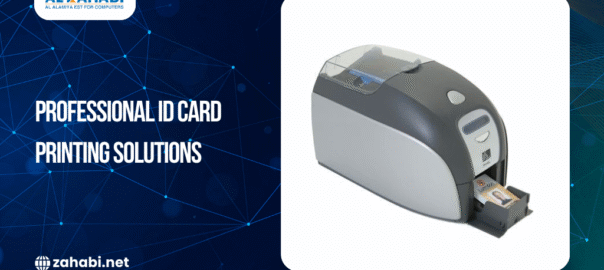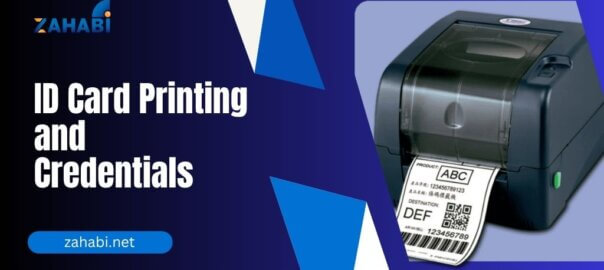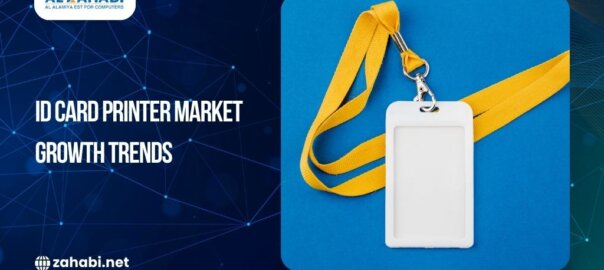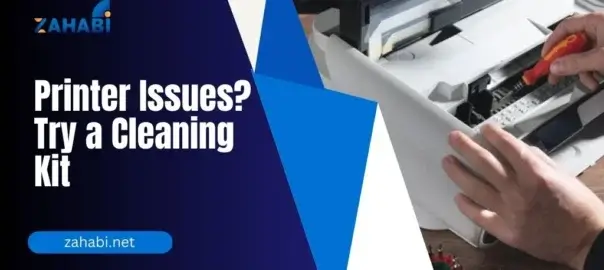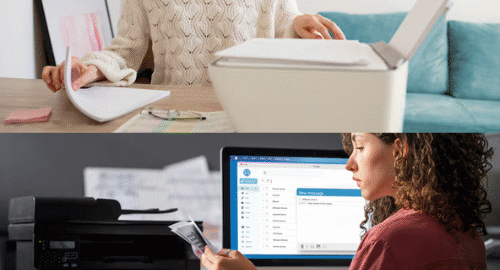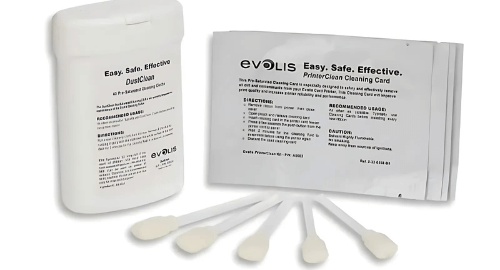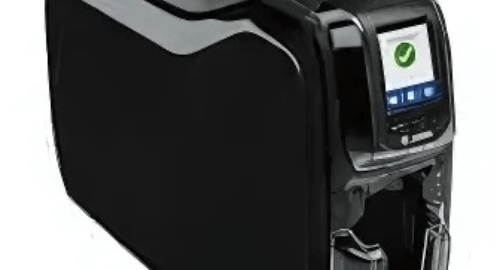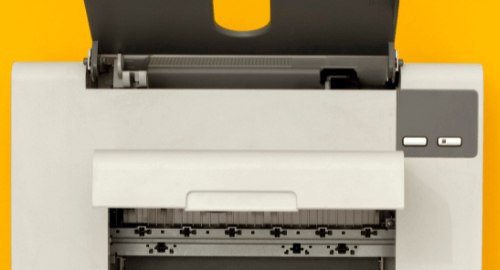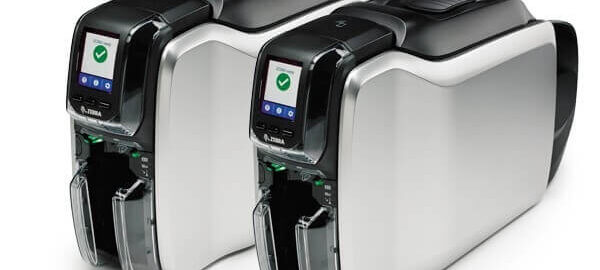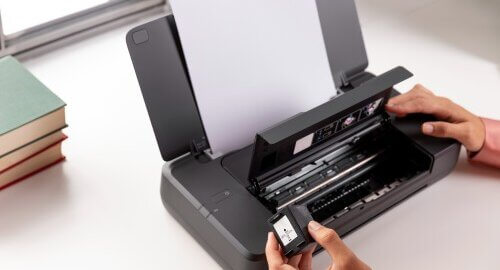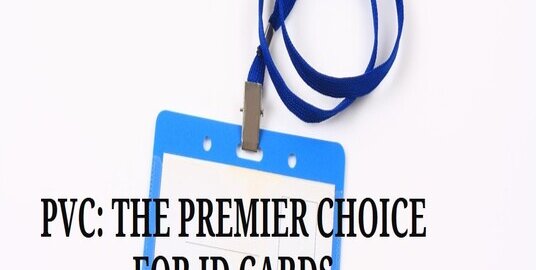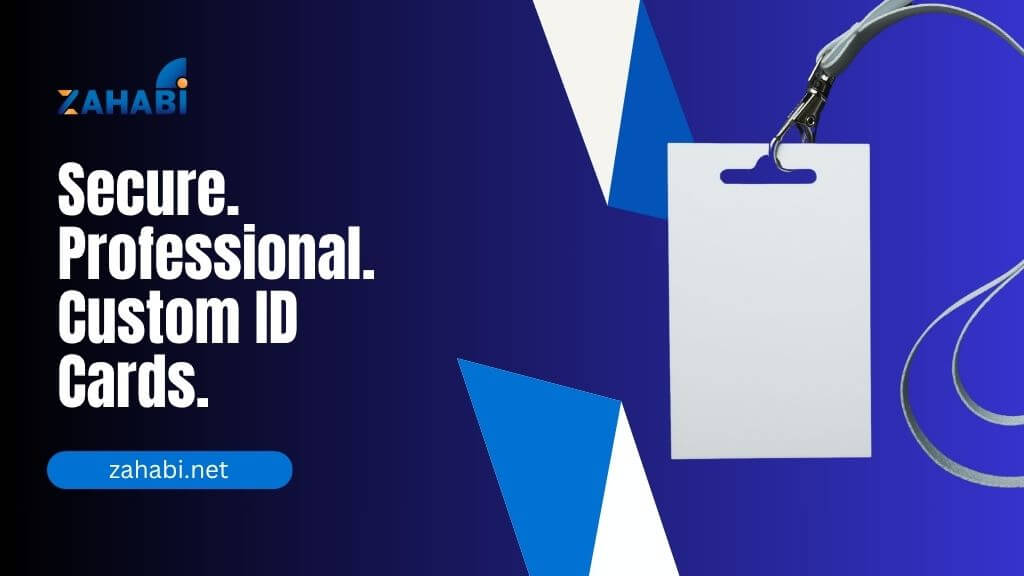
In today’s workplace, an employee ID card is more than just a name tag — it’s a gateway to access control, brand identity, and enhanced workplace security. For businesses in Kuwait, investing in professionally designed ID cards can prevent unauthorized access, ensure employee accountability, and build a polished brand image.
If your organization is considering implementing or upgrading ID badges, here are essential design tips and best practices to make your employee cards both secure and functional.
1. Start with the Right ID Card Printer in Kuwait
Before diving into the design, ensure you’re using a high-quality ID card printer in Kuwait. A reliable printer ensures consistent print quality, supports encoding features (like smart chips or magnetic stripes), and produces durable cards that withstand Kuwait’s climate.
Tip: Look for printers that support edge-to-edge printing, UV security overlays, and dual-sided printing for added functionality.
2. Incorporate Key Security Features
To prevent forgery or misuse, integrate security elements in the card design:
- Holograms or Watermarks: Visible under certain lights and hard to duplicate.
- QR Codes or Barcodes: For easy scanning and attendance tracking.
- UV Ink or Microtext: Invisible to the naked eye but detectable with UV light.
- Smart Chips or RFID Tags: Ideal for access control in high-security areas.
Modern ID card printing solutions in Kuwait often include options to embed these technologies during card production.
3. Use a Professional Layout and Consistent Branding
Your ID badge should reflect your company’s identity:
- Include your company logo in high resolution.
- Use brand colours and fonts consistently.
- Keep the layout clean — prioritize readability over decoration.
Position the employee photo prominently, typically on the left or center, and ensure the employee’s name, job title, and department are clearly displayed.
4. Prioritize Readability and Accessibility
Use high-contrast colours and simple fonts like Arial or Helvetica. Avoid overly decorative typefaces. Font size should be large enough to read from a reasonable distance, especially for roles that involve customer interaction or security checks.
Pro tip: Consider including Arabic and English text on ID cards in Kuwait to accommodate diverse workplaces and public environments.
5. Add Expiration Dates or Colour Coding
To ensure timely renewal and distinguish between employee types (e.g., staff, visitor, contractor), use:
- Expiration dates are clearly printed on the badge.
- Colour bands or card backgrounds to differentiate roles at a glance.
This is particularly useful for large offices, construction sites, or educational institutions where many types of personnel need access.
6. Laminate or Overlay for Durability
The Kuwaiti climate can be hot and humid — factors that wear down poorly printed ID cards. Choose an ID card printer that supports:
- Lamination
- Protective overlay films These additions prolong card life and prevent fading or smudging.
7. Work with a Professional ID Card Printing Service
While it’s tempting to DIY, partnering with an experienced ID card printing provider in Kuwait ensures:
- Top-tier materials
- Secure encoding options
- Support for scalable printing needs
- Custom design services
Look for vendors that offer end-to-end solutions — from card design to hardware like card printers and badge holders.
Final Thoughts
A well-designed employee ID card is a small investment with high returns — enhancing brand presence, improving security, and streamlining workplace operations. By selecting the right ID card printer in Kuwait and incorporating thoughtful design and security features, your business can create professional, tamper-proof badges that reflect your commitment to safety and professionalism.
Whether you’re setting up your ID system for the first time or revamping your current setup, make sure to explore Kuwait’s trusted ID card printing services for reliable results tailored to your needs.

